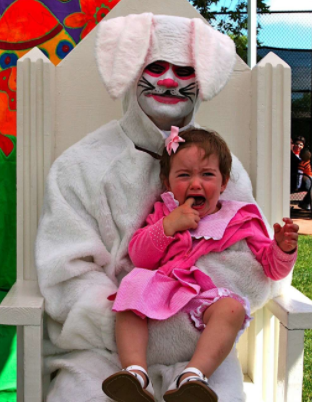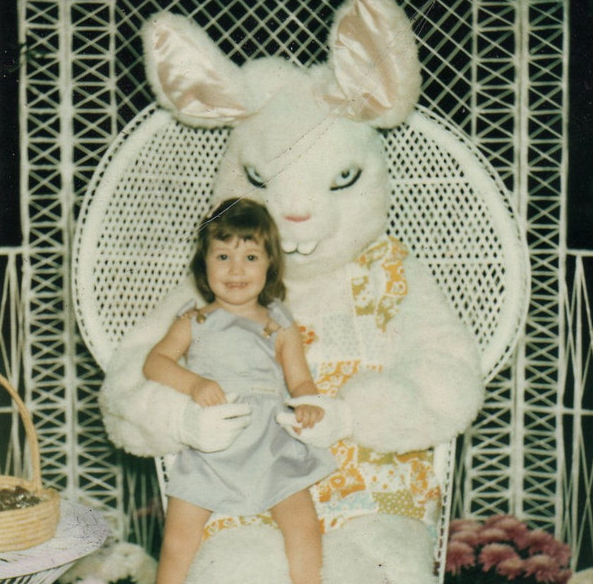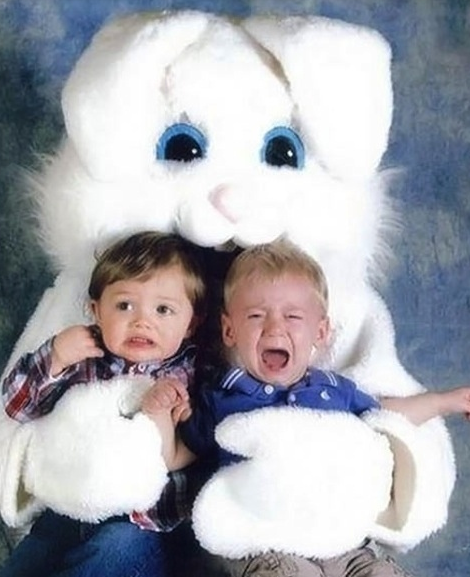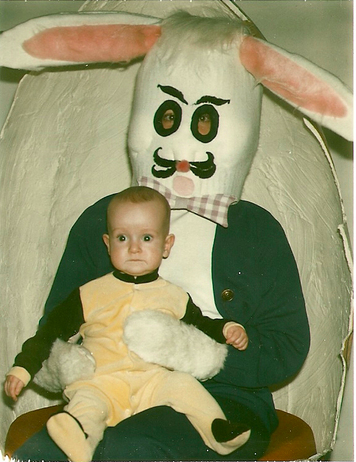Why Do We Hunt Easter Eggs?
Symbolism
We send children scampering through the newly green grass every Spring season to gobble down bits of candy, just like they do on Halloween, Valentine's Day, Birthdays, Christmas... But what makes Easter different? Why do we hide chocolate in brightly colored eggs?
Eggs have been a symbol of rebirth and fertility. Specifically, for Christianity, the Easter Egg symbolizes the empty tomb of Jesus from which he was resurrected. In ancient tradition, the eggs were stained red to memorialize the blood of Christ shed at his crucifixion.
Or, it could be simply about logistics. Orthodox churches had a custom of abstaining from eggs during the fast of Lent. The only way to keep them from being wasted was to boil or roast them, and begin eating them pr decorating them to break the fast.
History
5,000 years ago, in the Pre-Dynastic period of Egypt, eggs were associated with death and rebirth. Ostrich eggs were often laced in gold and given as idols to the most revered members of society.
When the Christians of Mesopotamia first adopted the practice, the egg was eaten, not decorated.
Egg Hunting's Twisted Culture
The central European Slavic nations have a tradition of gathering eggs by gaining them from the females in return of whipping them with a pony-tail shaped whip made out of fresh willow branches and splashing them with water, by the Ruthenians called polivanja, which is supposed to give them health and beauty.
Cascarones, a Latin American tradition now shared by many US States with high Hispanic demographics, are emptied and dried chicken eggs stuffed with confetti and sealed with pieces of tissue paper. The eggs are hidden in a similar tradition to the American Easter egg hunt and, when found, the children (and adults) break them over each other's heads.
In the North of England, during Eastertide, a traditional game is played where hard boiled pace eggs are distributed and each player hits the other player's egg with their own. This is known as "egg tapping", "egg dumping", or "egg jarping". The winner is the holder of the last intact egg. The annual egg jarping world championship is held every year over Easter in Peterlee Cricket Club.
Why does a Bunny Lay Eggs?
The Easter Bunny is based on a German-Luteran folkloric figure called the "Easter Hare." Originally, the figure was dressed and brought the candy-filled eggs for children who he deemed were 'well-behaved' that year. Basically, the Easter-Bunny was a springtime Santa Claus.
The rabbit is a popular motif in medieval church art because of its ability to reproduce quickly and emphasis on fertility.
Sarah Ben Breathnach in Mrs Sharp's Traditions (1990) provides an origin story for the Easter Bunny: "According to legend, Eostre's favorite animal was a large handsome bird, which in a fit of anger she turned into a hare."[23] Another version of this story, in which Ēostre transforms the bird into a hare in an act of mercy, was written by Jean-Andrew Dickmann and appeared in Cricket magazine.










